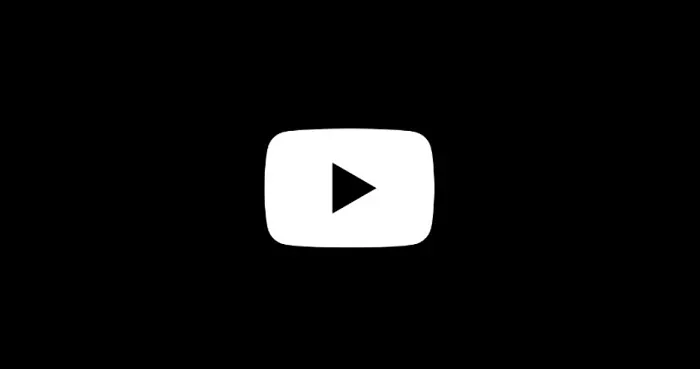TL;DR Summary of YouTube Introduces Option to Hide End Screen Links for Enhanced Viewing
Optimixed’s Overview: Enhancing YouTube Viewing with New Controls to Minimize Distractions
Introduction to YouTube’s End Screen Hide Feature
YouTube has launched a user-friendly option enabling viewers to hide the often-intrusive end screen elements that appear in the final seconds of videos. These end screens typically include links like “Thank you for watching” and “Up next,” which, while useful for navigation and creator promotion, can detract from the viewing experience.
How the Hide Option Works
- When end screens appear, a “Hide” button is displayed at the top-right corner of the video player.
- Users can tap this button to remove the overlay from the current video, allowing uninterrupted viewing of the final frames.
- The end screens can be restored by selecting a “Show” option after hiding them.
- This setting applies only to the individual video and cannot be set as a default preference.
Impact on Creators and User Engagement
YouTube conducted extensive testing between March and July 2025, analyzing the effect of this feature on creator metrics. Results indicated:
- A minimal decrease in views from end screens, less than 1.5% globally on mobile devices.
- No significant negative impact on overall creator performance or engagement.
This reassures both creators and users that the feature balances viewer control with content promotion effectively.
Additional User Interface Simplification
In conjunction with the end screen update, YouTube is removing the Subscribe button that appears when hovering over the branded watermark on desktop. Since there is already a Subscribe button below the video player, this change aims to streamline the interface without affecting subscription rates.
Conclusion
These enhancements demonstrate YouTube’s commitment to improving the user viewing experience by reducing distractions while maintaining creator support mechanisms. The new controls provide viewers more autonomy over playback without compromising the platform’s engagement goals.
